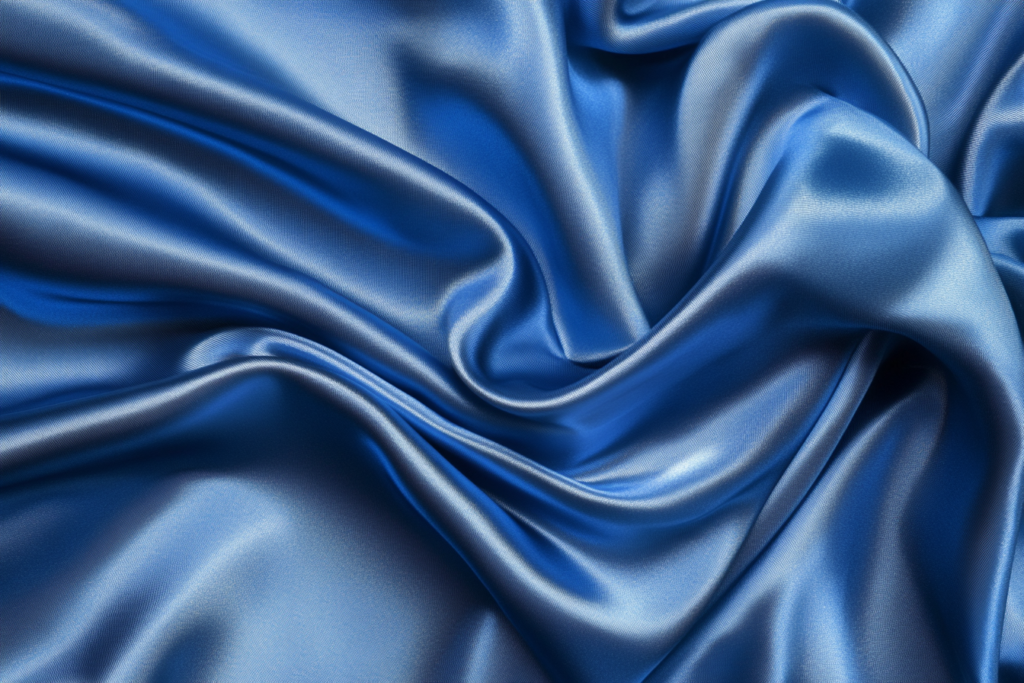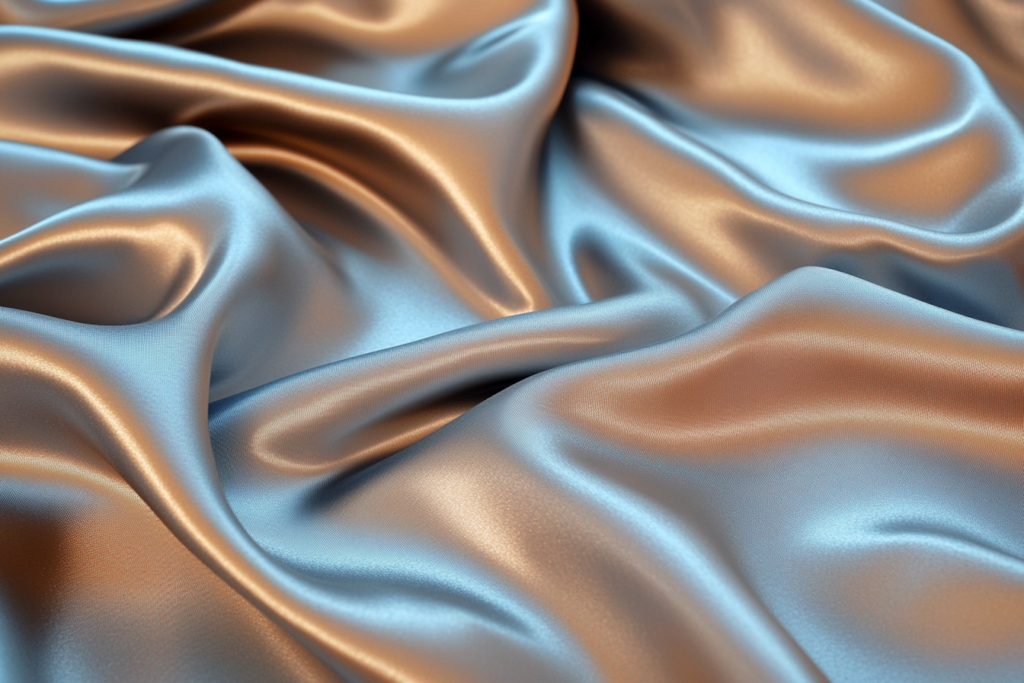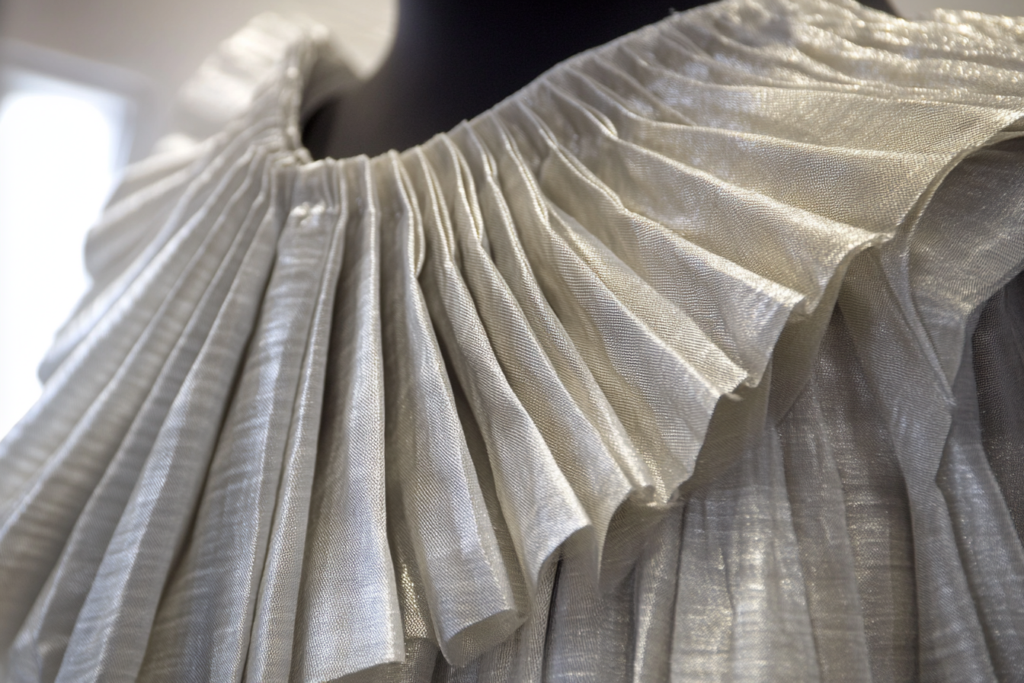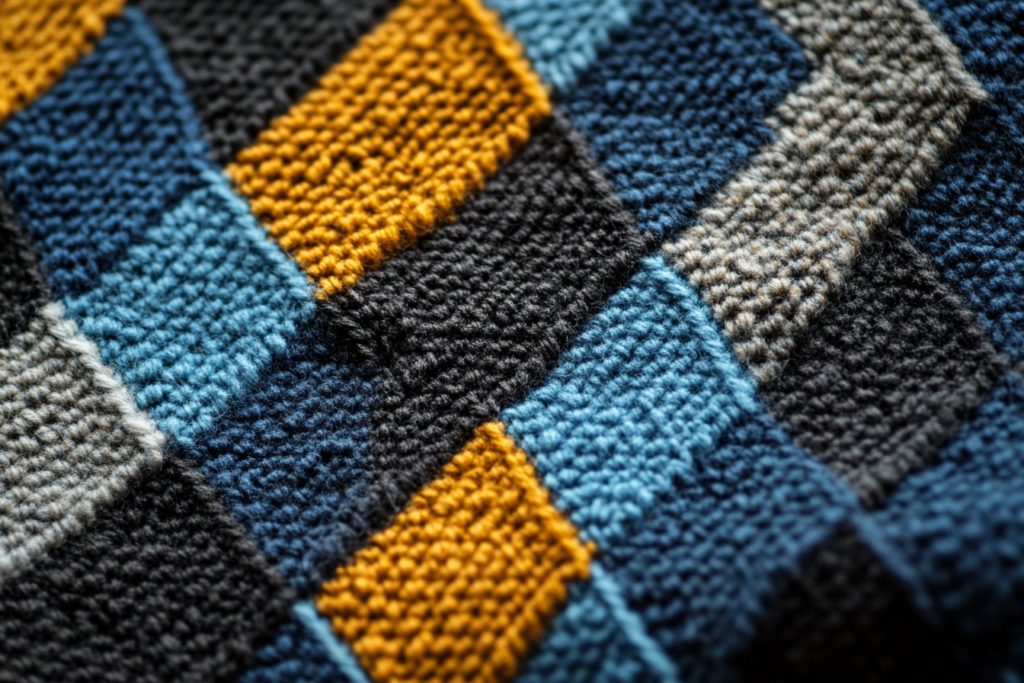Satin Weave: The Fabric of Gloss and Elegance
Meta Description: Satin weave is a luxurious fabric known for its lustrous finish and smooth surface. Discover the key features, uses, and care tips for satin fabric in fashion and design.
What is Satin Weave?
Satin weave refers to a type of fabric structure that produces a smooth, shiny surface. This fabric is created using a weaving technique where the threads are arranged in a way that allows the fibers to reflect light, resulting in a distinctive glossy finish. The characteristic lustrous shine of satin is achieved through the weaving pattern, which involves floating the warp or weft yarns over several yarns before going under one.
The smooth surface of satin weave fabric is one of its defining features. It has a long, uninterrupted surface that gives it a sleek, reflective look. This shimmering quality makes satin one of the most luxurious and elegant fabrics available.


Key Features of Satin Weave
✔ High Gloss Finish: The floating fibers in the weave create a reflective surface, making satin fabric shine.
✔ Smooth Texture: Satin fabrics have a smooth, silky feel, making them comfortable and luxurious to the touch.
✔ Luxurious Appearance: The shiny surface gives satin a sophisticated, elegant appearance, perfect for special occasions.
✔ Drapability: Satin has excellent drape, making it ideal for garments that require fluid, graceful movement.
✔ Softness: Despite its glossy appearance, satin feels soft and gentle against the skin, adding to its luxurious appeal.
Why Choose Satin Weave?
1. Elegant and Luxurious
Satin is known for its high-end appeal, often associated with formal wear and special events. The shine and smooth texture elevate any garment, whether it’s a wedding gown, evening dress, or luxury accessory. Its reflective surface captures light, making it stand out with a subtle radiance.
2. Versatility in Fashion
While satin is commonly used for formal wear, its versatility extends to a range of other applications. Satin is also found in blouses, skirts, lingerie, and even home décor items like bedding and curtains. The fabric’s smooth texture and lustrous finish can adapt to various styles and settings.
3. Exceptional Drapability
Satin has a wonderful draping quality, making it perfect for garments that require fluid movement and soft, flowing lines. This feature makes it popular in creating dresses with graceful silhouettes and gowns that flow with elegance.
Uses of Satin Weave
📌 Fashion
Satin is a go-to fabric for formal occasions. It’s commonly used in:
- Evening Gowns: The smooth, reflective surface of satin adds a touch of luxury to evening wear.
- Bridal Dresses: Satin’s lustrous finish makes it a top choice for wedding gowns, offering a timeless elegance.
- Blouses and Shirts: Satin can be used for both casual and formal blouses, creating a sophisticated, polished look.
- Lingerie: Satin is often used in the design of luxurious lingerie pieces, thanks to its soft feel and shiny appearance.
📌 Home Décor
Satin is also a popular choice in home textiles, such as:
- Bedding: Satin sheets and pillowcases feel silky smooth against the skin, promoting comfort while adding elegance to a bedroom.
- Curtains: Satin curtains create an opulent atmosphere by reflecting light, adding a chic touch to any room.
📌 Accessories
Satin is commonly used in fashion accessories, including:
- Hair Accessories: Satin is often used for headbands, scrunchies, and ribbons due to its smooth texture and shine.
- Bags: Satin bags, especially evening clutches, are a luxurious addition to a formal outfit.
How is Satin Weave Made?
The satin weave is created using a four-shaft or eight-shaft weaving process. In this method, the yarns are arranged so that one thread floats over multiple threads before going under the next. This floating effect allows light to reflect off the surface, which creates the characteristic shine.
Steps in Satin Weaving:
- Weaving the Threads: The threads are woven in a way that creates a smooth surface. The floating threads allow light to pass over the fabric’s surface, resulting in a glossy finish.
- Finishing the Fabric: Satin can be dyed and finished to enhance its shine and appearance. Some satin fabrics are also milled or brushed to create a more uniform finish.
Caring for Satin Weave
While satin fabric exudes luxury, it requires special care to maintain its beauty. Follow these tips to extend the life of your satin garments:
- Hand Wash or Dry Clean: Satin is delicate, so hand washing or dry cleaning is recommended to avoid damage.
- Cold Water: If washing by hand, always use cold water to prevent fabric damage.
- Avoid Rough Handling: Be gentle when handling satin to avoid snagging or stretching the fibers.
- Iron Carefully: Use a low heat setting when ironing satin, as high temperatures can damage its finish. Always iron on the reverse side or use a protective cloth to avoid leaving marks.
Conclusion: The Timeless Beauty of Satin Weave
Satin weave is a classic fabric known for its luxurious finish and smooth texture. With its reflective surface and elegant appearance, it remains a popular choice for formal wear, special occasions, and luxury home textiles. The softness and drapability of satin make it a versatile fabric that can be used in a wide range of designs, from bridal gowns to home décor.
Whether you’re creating a red carpet look or adding elegance to your home, satin weave is a fabric that brings sophistication and timeless beauty.



